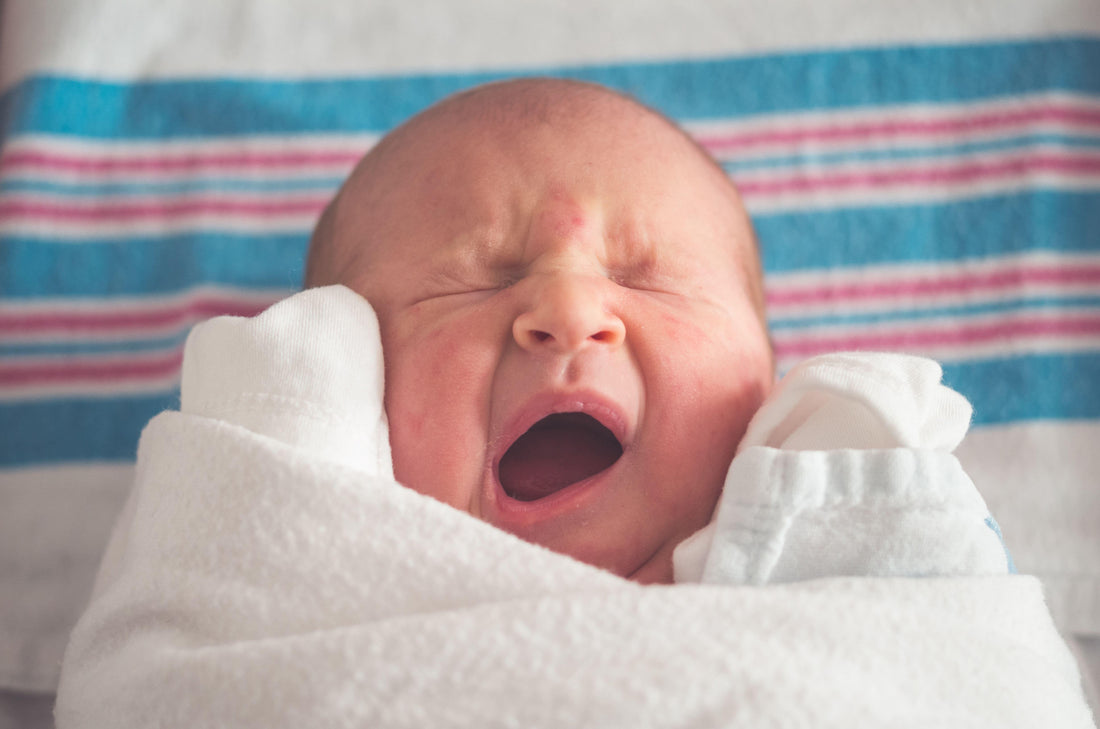
Inquisitive Little Ones: Why Do Newborns Cry Upon Birth?
Share

Newborns are often heard crying right after birth, a familiar scene from movies and shows.
However, not every baby lets out a cry immediately post-birth. Let's delve into the reasons.
The Birth Transition
When born, babies transition from the cozy warmth and dimness of their mother's womb to a comparatively colder, drier, and brighter environment.
This sudden change can be startling. As they exit their mother's body, they feel the contrasting temperature on their damp skin.
Additionally, when healthcare professionals assist them during birth, it can make them gasp. This gasping motion is typically their inaugural breath, often followed by a cry. Such reactions initiate vital adjustments in the baby's oxygen circulation system.
What Undergoes Change?
Inside the womb, a baby relies on the mother for oxygen, supplied through the placenta and umbilical cord
Resembling a pancake, the placenta extracts oxygen-rich blood from the mother, and the umbilical cord delivers it to the fetus.
Upon birth, a baby's initial cry or breath stimulates significant alterations in their circulatory system. This transition allows them to inhale air, drawing oxygen into their lungs like adults.
Furthermore, the act of being born expels water from their lungs, enabling them to function efficiently.
Health professionals and parents eagerly await the cry of a newborn. It's a reassuring sign indicating the baby's good health and their ability to breathe without assistance.
Yet, not all babies cry immediately, and that's not always a cause for concern.
Reasons for the Silence
At times, the change in the baby's oxygen circulation system might not be seamless.
Issues might arise with the baby's heart, or complications could occur during delivery. A baby might experience oxygen shortage in the womb, requiring external support post-birth.
Occasionally, there might be a lag in a newborn's cry.
Babies delivered via caesarean section might take longer to breathe and cry. This is because they don't experience the fluid expulsion from their lungs as those born vaginally do.
In some cases, babies don't cry at all post-birth.
For instance, babies delivered in water (a process called waterbirth) might not immediately recognize their new environment. Surrounded by warm water, they don't experience the cold air upon arrival. Often cradled in their mother's arms in the water, they might simply breathe softly, turn a healthy pink shade, indicating sufficient oxygen intake, all without a single cry.
